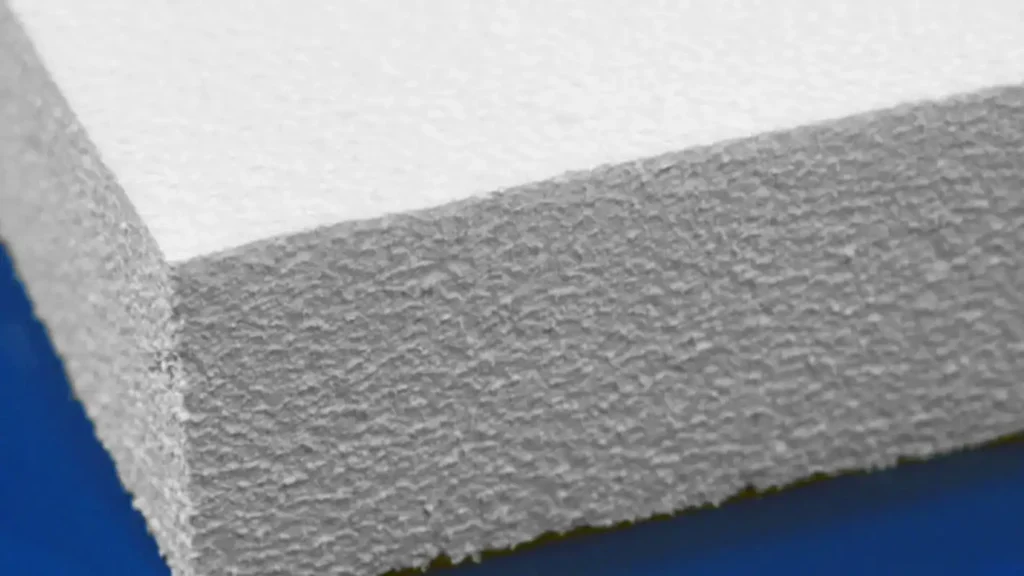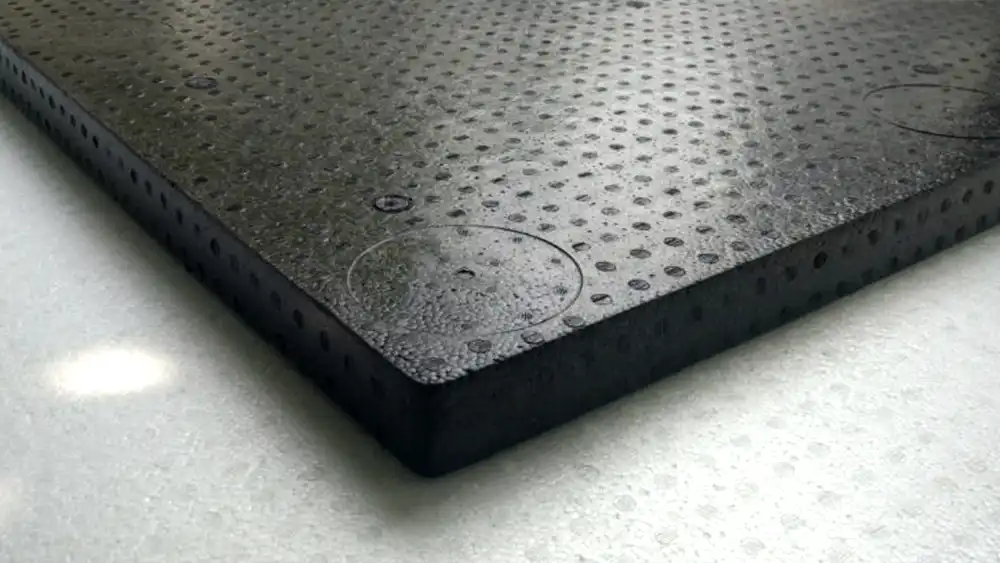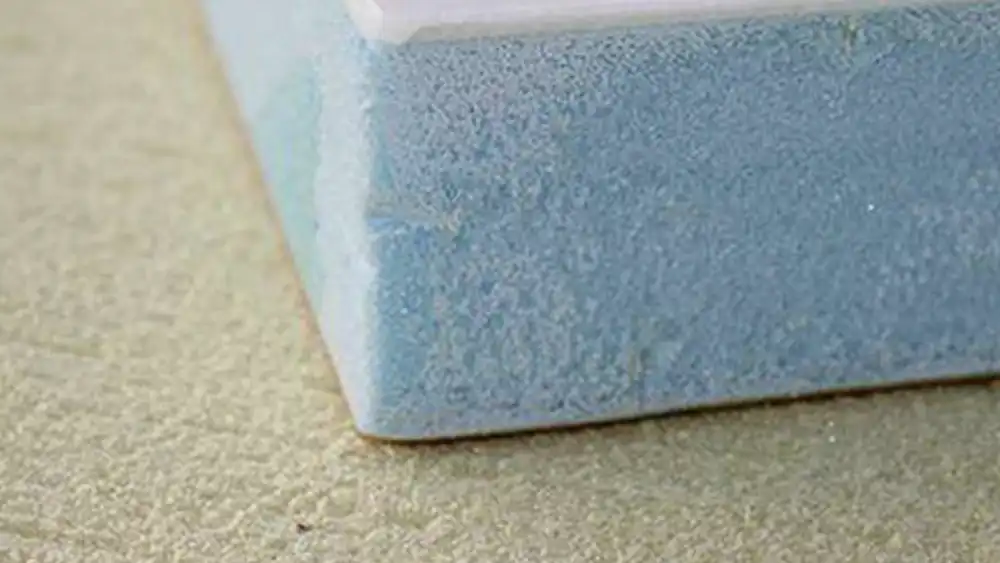When it comes to selecting the right type of foam for various applications, understanding the differences between Expanded Polystyrene (EPS) and Expanded Polypropylene (EPP) is crucial.
Both EPS and EPP foams are widely used in packaging, insulation, and automotive industries due to their lightweight and protective properties. However, they differ significantly in terms of characteristics and applications.
What is EPS Foam?

EPS foam, also known as beadboard or Styrofoam, is a lightweight cellular plastic material derived from polystyrene. It is produced by expanding polystyrene beads in a mold, resulting in a rigid and closed-cell structure.
Properties of EPS Foam:
- Lightweight
- Low thermal conductivity
- Excellent shock absorption
- Affordable
What is EPP Foam?

EPP foam, short for Expanded Polypropylene, is a durable and flexible foam material made from polypropylene resin. Unlike EPS, EPP foam undergoes a different manufacturing process involving steam and pressure, resulting in a highly durable and resilient material.
Properties of EPP Foam:
- High impact resistance
- Flexibility
- Superior energy absorption
- Chemical resistance
Differences Between EPS and EPP Foam:

Density:
EPS foam typically has a higher density compared to EPP foam, making it more rigid but less flexible.
Strength and Durability:
EPP foam exhibits greater strength and durability, making it suitable for applications requiring repeated impact.
Impact Resistance:
EPP foam has superior impact resistance compared to EPS foam, making it ideal for protective packaging and automotive components.
Temperature Resistance:
While EPS foam can degrade under high temperatures, EPP foam maintains its structural integrity across a wider temperature range, making it suitable for use in extreme environments.
Cost:
EPS foam is generally more cost-effective than EPP foam, making it a preferred choice for budget-conscious projects.
Below is a table comparing EPS (Expanded Polystyrene) and EPP (Expanded Polypropylene) foam:
| Properties | EPS Foam | EPP Foam |
|---|---|---|
| Density | Higher density | Lower density |
| Strength | Less resilient | More resilient |
| Flexibility | More rigid | More flexible |
| Impact Resistance | Lower impact resistance | Higher impact resistance |
| Thermal Conductivity | Low thermal conductivity | Moderate thermal conductivity |
| Temperature Resistance | Susceptible to high temperatures | Maintains integrity across a wider temperature range |
| Cost | Generally more cost-effective | Typically more expensive |
| Recyclability | Can be recycled but less common | Recyclable and reusable |
This table provides a concise comparison of the key properties of EPS and EPP foam, aiding in understanding their differences and suitability for various applications.
Applications of EPS Foam:
- Packaging materials
- Insulation panels
- Construction and building materials
Applications of EPP Foam:
- Automotive parts (bumpers, interior components)
- Sports equipment (helmets, padding)
- Protective packaging for electronics
Environmental Impact: Both EPS and EPP foams have environmental implications. EPS foam is not biodegradable and can persist in landfills for hundreds of years. In contrast, EPP foam is recyclable and can be reused in various applications, reducing its environmental footprint.
Recyclability: EPP foam can be recycled and reused multiple times without losing its structural integrity, making it a more sustainable option compared to EPS foam.
Conclusion: In conclusion, EPS and EPP foams serve distinct purposes in various industries, each offering unique properties and benefits. While EPS foam is cost-effective and lightweight, EPP foam provides superior durability and environmental sustainability. Understanding the differences between these two materials is essential for selecting the most suitable option for specific applications.
FAQs:
Which foam is better for packaging fragile items?
EPP foam is better suited for packaging fragile items due to its superior impact resistance.
Can EPS foam be recycled?
While EPS foam can be recycled, it is less commonly accepted for recycling due to its low market value and transportation costs.
Is EPP foam more expensive than EPS?
Yes, EPP foam typically commands a higher price than EPS foam due to its superior properties and manufacturing process.
What are the major environmental concerns associated with EPS foam?
The major environmental concern associated with EPS foam is its non-biodegradability and long-term persistence in landfills.
Are there any health risks associated with EPS or EPP foam?
Both EPS and EPP foams are generally considered safe; however, prolonged exposure to burning EPS foam can emit harmful chemicals.
